Northern Shoveler
- February 21, 2024
- 0 comment
The Northern Shoveler, scientifically known as Anas clypeata, is a captivating species of duck renowned for its distinctive appearance and fascinating behaviors. One of its most striking features is its oversized, spoon-shaped bill, which it uses to filter food from the water. These ducks can be found in various wetland habitats across North America, Europe, Asia, and parts of Africa, where they forage for aquatic invertebrates, seeds, and plant matter.
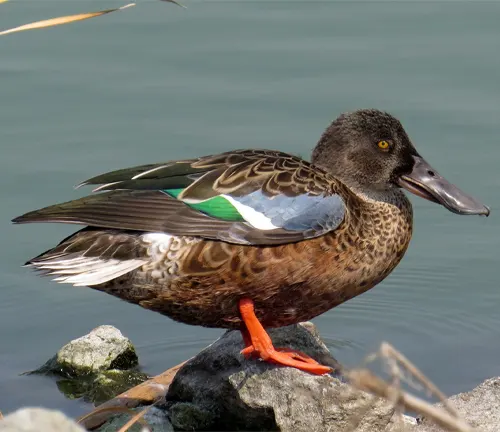
During the breeding season, Northern Shovelers engage in elaborate courtship displays, with males showcasing vibrant plumage to attract mates. Females construct nests near water bodies, where they raise their young until they’re ready to join the flock. As migratory birds, Northern Shovelers undertake seasonal journeys between breeding and wintering grounds, congregating in large flocks during migration. While their populations remain relatively stable, they face threats from habitat loss, pollution, and hunting. Conservation efforts aim to protect crucial wetland habitats and ensure the long-term survival of this unique species.
| Aspect | Description |
|---|---|
| Scientific Name | Anas clypeata |
| Common Name | Northern Shoveler |
| Physical Features | – Oversized, spoon-shaped bill – Vibrant plumage in males – Subdued colors in females |
| Habitat | Wetlands, marshes, lakes, ponds, estuaries |
| Distribution | North America, Europe, Asia, parts of Africa |
| Di- | Aquatic invertebrates, seeds, plant matter |
| Feeding Behavior | Filter feeding – sweeping bill side to side in water |
| Breeding Season | Spring |
| Courtship Displays | Elaborate rituals by males to attract mates |
| Nesting Habits | Shallow nests lined with down near water bodies |
| Incubation Period | Approximately three weeks |
| Migration Patterns | Seasonal journeys between breeding and wintering grounds |
| Conservation Status | Relatively stable populations, facing threats from habitat loss, pollution, and hunting |
| Conservation Efforts | Protection of wetland habitats, sustainable management practices |
Exploring the Fascinating World of This Unique Duck
The Northern Shoveler, scientifically known as Anas clypeata, is a captivating duck species that attracts the attention of bird enthusiasts and researchers alike. Characterized by its distinctive spatula-shaped bill, the Northern Shoveler is renowned for its intriguing feeding behavior and striking physical features.
Physical Characteristics
The physical characteristics of the Northern Shoveler are distinctive and unique, setting it apart from other duck species. Here are some key features:
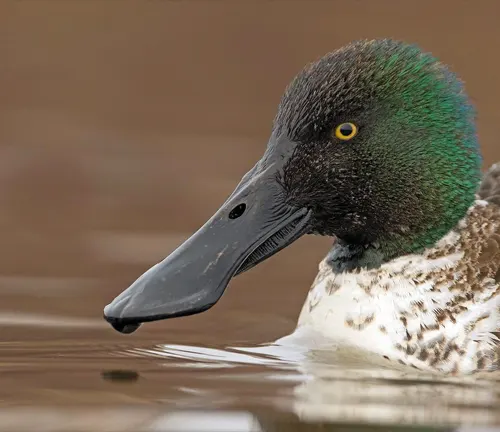
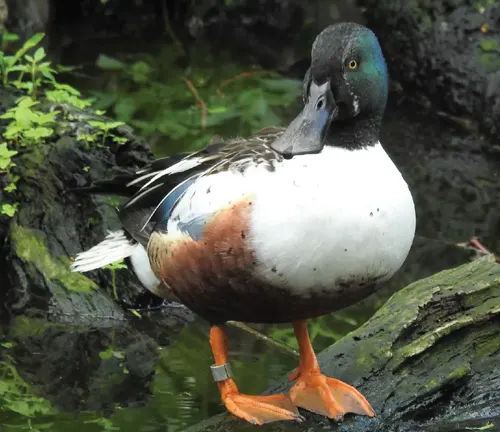
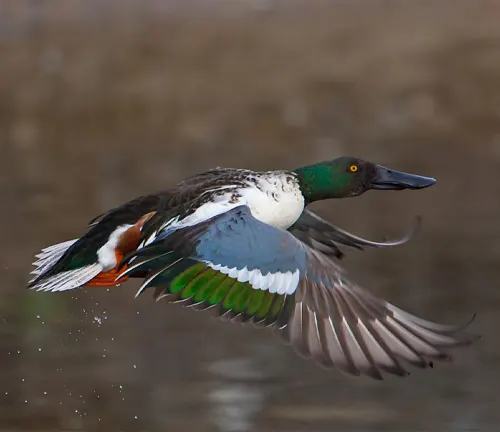
- Bill: The most prominent feature of the Northern Shoveler is its large, spoon-shaped bill. This bill is broad and flattened at the tip, resembling a shovel, hence the bird’s name. The bill is specialized for filter feeding, allowing the Northern Shoveler to sift through mud and water to capture small invertebrates, seeds, and plant matter.
- Plumage: Male Northern Shovelers exhibit vibrant and colorful plumage during the breeding season. They have iridescent green heads, chestnut-brown chests, and white bodies with black markings. In contrast, female Northern Shovelers have more subdued plumage, with mottled brown and gray feathers for camouflage.
- Size: Northern Shovelers are medium-sized ducks, with males typically larger than females. On average, males measure around 19-21 inches (48-53 cm) in length, while females are slightly smaller, measuring around 17-20 inches (43-50 cm).
- Wings: Northern Shovelers have broad wings that enable swift and agile flight. Their wings are pointed and taper towards the tips, allowing for efficient gliding and maneuverability during flight.
- Legs and Feet: The legs of Northern Shovelers are relatively short and positioned towards the rear of their bodies, which is typical of dabbling ducks. They have webbed feet that aid in swimming and propelling through the water while foraging.
- Sexual Dimorphism: There is significant sexual dimorphism in Northern Shovelers, with males and females exhibiting distinct differences in plumage coloration and patterns. This dimorphism is most pronounced during the breeding season when males display their vibrant breeding plumage to attract mates.
Habitat and Distribution
The Northern Shoveler is a highly adaptable duck species that can be found in a variety of wetland habitats across the Northern Hemisphere. Here’s an overview of its habitat and distribution:
Habitat
Northern Shovelers are commonly found in freshwater habitats such as marshes, lakes, ponds, rivers, and wetlands. They also inhabit brackish water environments such as estuaries and coastal lagoons. These ducks prefer shallow waters with abundant aquatic vegetation, which provide ample food and cover. They are often seen dabbling at the water’s surface, using their specialized bills to filter food from the mud and sediment.
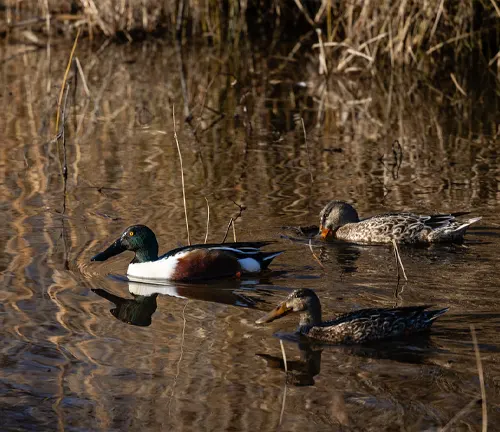
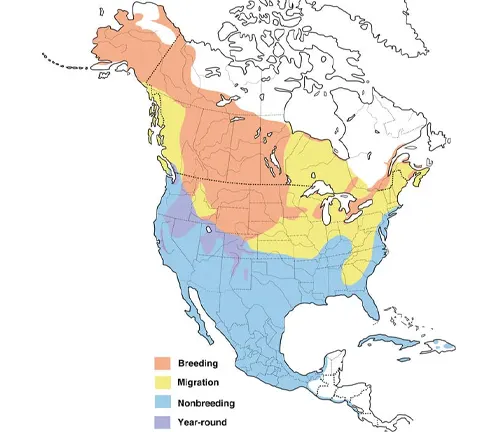
Distribution
The Northern Shoveler has a widespread distribution across North America, Europe, Asia, and parts of Africa. In North America, they breed across Canada and the northern United States, with some populations extending into Mexico and Central America during the winter months. In Europe, they breed in northern and eastern regions, including Scandinavia, Russia, and the British Isles. In Asia, Northern Shovelers breed in Siberia, Central Asia, and parts of China, Japan, and the Indian subcontinent. Additionally, they can be found in localized areas of Africa, particularly in wetland habitats south of the Sahara Desert.
During the breeding season, Northern Shovelers prefer nesting in secluded areas near water bodies, where they can build their nests among dense vegetation for protection. In winter, they migrate to warmer regions, forming large flocks in coastal areas, estuaries, and inland wetlands. Overall, the Northern Shoveler’s adaptability to various wetland habitats contributes to its wide distribution across diverse geographic regions.
Diet and Feeding Behavior
The Northern Shoveler is renowned for its unique diet and feeding behavior, which is adapted to its specialized bill shape. Here’s an overview of its diet and feeding behavior:
Diet
Northern Shovelers are primarily omnivorous, feeding on a diverse range of food items found in their wetland habitats. Their diet consists mainly of aquatic invertebrates such as insects, crustaceans, and mollusks. They also consume seeds, grains, and aquatic vegetation, particularly during the winter months when insect prey is scarce. Northern Shovelers are efficient filter feeders, using their distinctive spoon-shaped bills to strain food from the water. Their bills have comb-like structures called lamellae, which act as sieves to filter out small organisms and plant matter while allowing water to pass through.
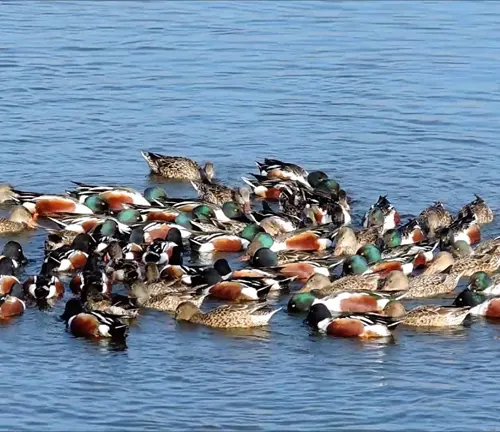
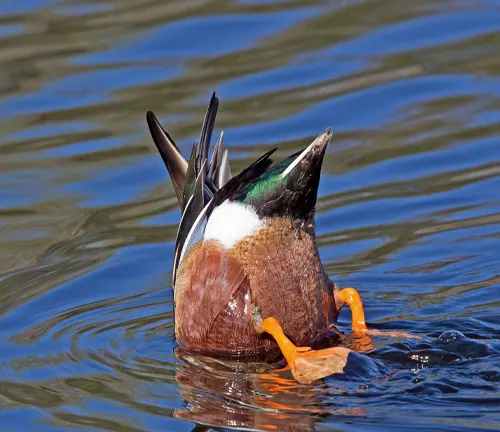
Feeding Behavior
The Northern Shoveler employs a unique feeding technique known as “dabbling.” They swim with their bill submerged in the water, rapidly sweeping it from side to side to filter out food particles from the mud and sediment below. This behavior is often accompanied by vigorous head movements and tail wagging. Northern Shovelers are also known to engage in “upending,” where they tilt their bodies forward with their tails in the air to reach deeper into the water while feeding. During the breeding season, they may forage in pairs or small groups, but they often form larger flocks during migration and wintering periods.
Breeding and Reproduction
Breeding and reproduction are crucial aspects of the Northern Shoveler’s life cycle, marked by fascinating behaviors and rituals. Here’s an overview of their breeding and reproduction process:
Mating Rituals and Courtship Behavior
During the breeding season, which typically occurs in the spring and summer months, Northern Shovelers engage in elaborate courtship displays. Male Northern Shovelers showcase their vibrant plumage and perform intricate rituals to attract potential mates. These displays often involve head bobbing, wing flapping, and vocalizations to signal their readiness to breed. Males may also engage in pursuit flights and synchronized swimming to impress females and establish dominance within the flock.
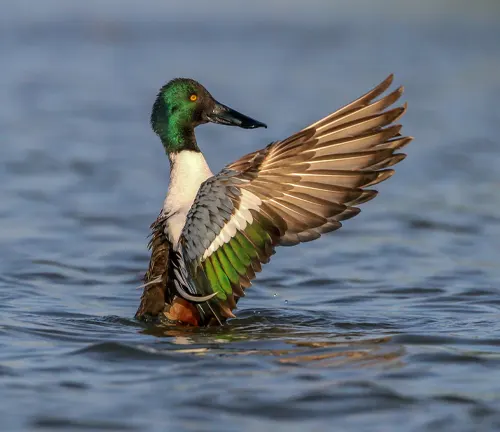
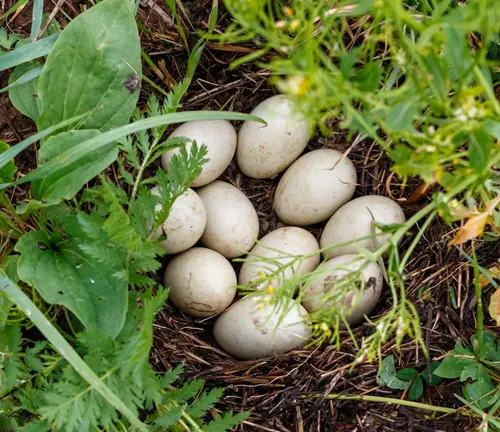
Nesting Habits and Incubation
Once a pair bond is formed, the female Northern Shoveler selects a suitable nesting site near water, often concealed among dense vegetation to provide protection from predators. She constructs a shallow nest lined with down feathers and grass, where she lays a clutch of eggs. The typical clutch size ranges from 6 to 12 eggs, depending on environmental conditions and the female’s health and age. After the eggs are laid, the female begins the incubation process, which lasts approximately three weeks. During this time, she diligently tends to the nest, rotating the eggs regularly to ensure even warming and protection.
Hatching and Rearing of Ducklings
Upon hatching, the ducklings are precocial, meaning they are relatively mature and mobile from birth. The female leads her brood to water shortly after hatching, where the ducklings begin to forage for food alongside their mother. Northern Shoveler ducklings feed primarily on aquatic invertebrates and small insects, which they capture using their bills and feet. The female provides guidance and protection for her offspring, teaching them essential survival skills such as foraging, predator avoidance, and social behavior.
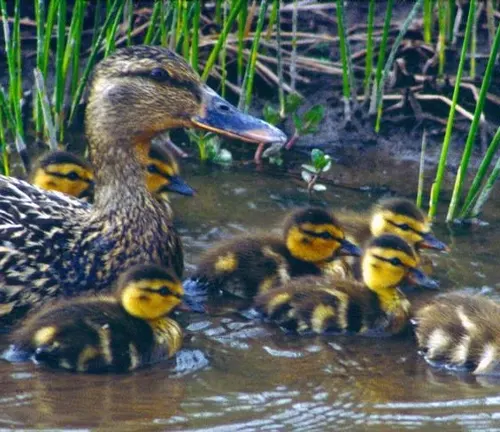
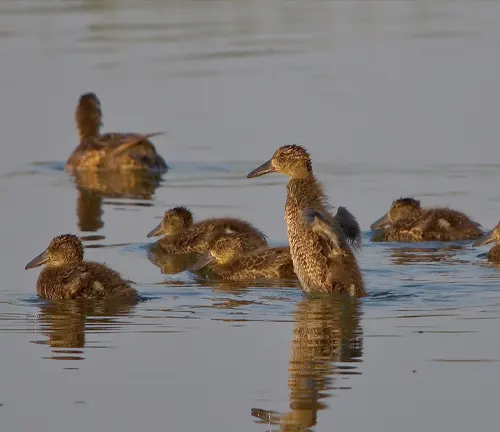
Parental Care and Fledging
Both male and female Northern Shovelers participate in parental care duties, with the female primarily responsible for brooding and protecting the ducklings while the male defends the territory and provides food. As the ducklings grow and develop their flight feathers, they gradually become more independent and capable of flight. Once the ducklings reach maturity, they fledge from the nest and disperse to establish their territories or join migratory flocks.
Migration Patterns
Migration is a significant aspect of the Northern Shoveler’s life cycle, as it undertakes seasonal journeys between breeding and wintering grounds. Here’s an overview of its migration patterns:
Seasonal Movements
Northern Shovelers are migratory birds, exhibiting distinct seasonal movements in response to changing environmental conditions and food availability. In the northern hemisphere, they breed during the spring and summer months in boreal and subarctic regions, including North America, Europe, and Asia. As the breeding season comes to an end and temperatures drop, Northern Shovelers embark on their southward migration to warmer wintering grounds.

Migration Routes
Northern Shovelers follow well-defined migration routes that vary depending on their breeding location. In North America, populations breeding in the northern United States and Canada migrate southward to wintering grounds in the southern United States, Mexico, Central America, and parts of the Caribbean. In Europe and Asia, Northern Shovelers breeding in northern and eastern regions migrate southward to wintering areas in southern Europe, North Africa, the Indian subcontinent, and Southeast Asia.
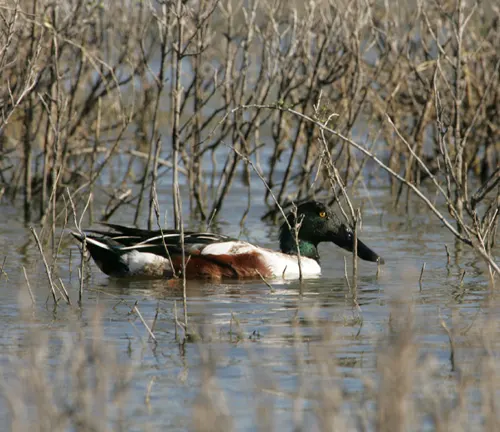
Stopover Sites
During migration, Northern Shovelers make use of stopover sites along their journey to rest, refuel, and replenish energy reserves. These stopover sites include coastal marshes, inland wetlands, lakes, and estuaries, where they can find suitable habitat and abundant food resources. Northern Shovelers may form large flocks at these stopover sites, mingling with other waterfowl species as they prepare for the next leg of their journey.
Timing of Migration
The timing of Northern Shoveler migration varies depending on geographic location and environmental factors. In North America, fall migration typically occurs from late summer to early winter, with peak movements observed in September and October. Spring migration takes place from late winter to early spring, with birds returning to breeding grounds from February to April. In Europe and Asia, migration timing follows a similar pattern, with birds departing breeding grounds in autumn and returning in spring.
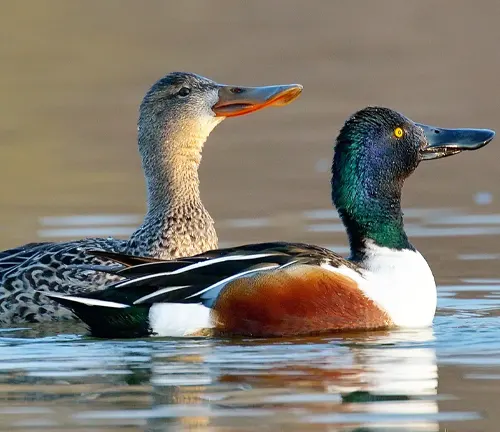
Conservation Status
While Northern Shoveler populations remain relatively stable, they face threats from habitat loss, pollution, and hunting pressure in certain regions. Conservation efforts focus on preserving crucial wetland habitats and implementing sustainable management practices to ensure the long-term survival of this species. Here are three key points regarding the conservation status of the Northern Shoveler:
Stable Populations
Overall, the Northern Shoveler’s populations are considered relatively stable across its range. While localized declines may occur due to habitat loss, pollution, and hunting pressure, the species as a whole is not currently facing imminent threats of extinction.
Habitat Protection Efforts
Conservation efforts focused on protecting and restoring wetland habitats have benefited Northern Shoveler populations. Initiatives such as the establishment of wildlife reserves, wetland conservation areas, and habitat restoration projects have contributed to the preservation of critical breeding and wintering habitats for these ducks.
Monitoring and Research
Ongoing monitoring programs and scientific research help track population trends, identify threats, and inform conservation strategies for the Northern Shoveler. Collaborative efforts between government agencies, conservation organizations, and research institutions are essential for effective management and conservation of this species.
Behavioral Traits
In addition to their unique feeding behavior, Northern Shovelers exhibit fascinating social dynamics within flocks. They are often observed forming large groups during migration and foraging cooperatively to exploit food resources more efficiently.
The Northern Shoveler exhibits a range of fascinating behavioral traits that contribute to its survival and adaptation in wetland environments. Here are some key behavioral traits of the Northern Shoveler:
- Social Behavior: Northern Shovelers are often observed forming large flocks, especially during migration and wintering periods. Within these flocks, they exhibit social behaviors such as feeding cooperatively and maintaining spatial relationships with other individuals. While they can be gregarious, they also defend territories during the breeding season.
- Foraging Strategies: The Northern Shoveler employs unique foraging strategies, including filter feeding and dabbling. They use their specialized bills to filter small invertebrates, seeds, and plant matter from the water, while also engaging in surface dabbling to access food near the water’s surface. These foraging behaviors are highly efficient and allow Northern Shovelers to exploit a wide range of food resources in their wetland habitats.
- Courtship Displays: During the breeding season, male Northern Shovelers engage in elaborate courtship displays to attract mates. These displays often involve head bobbing, wing flapping, and vocalizations, as well as pursuit flights and synchronized swimming. Courtship behavior is crucial for pair bonding and successful reproduction.
- Parental Care: Both male and female Northern Shovelers participate in parental care duties, including nest building, incubation, and protection of offspring. Females typically take on the primary role of incubating the eggs and brooding the ducklings, while males defend the territory and provide food for the family. This cooperative parental care enhances the survival chances of the offspring.
- Communication: Northern Shovelers communicate with each other through a variety of vocalizations, including quacks, whistles, and calls. These vocalizations are used for maintaining contact within flocks, signaling alarm, and coordinating group movements. Visual displays, such as head movements and body postures, also play a role in communication among individuals.
Different Species
Anas clypeata clypeata
This is the nominate subspecies found in Europe and Asia. It is characterized by its vibrant plumage in males and subdued colors in females.
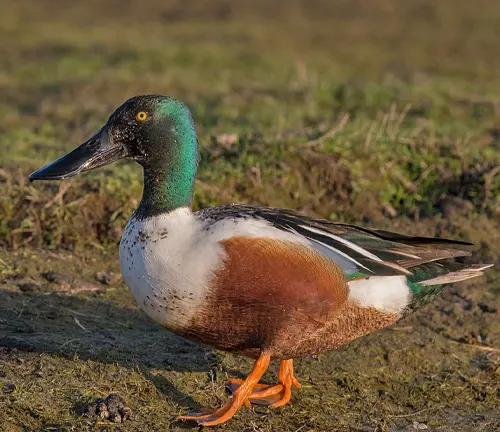
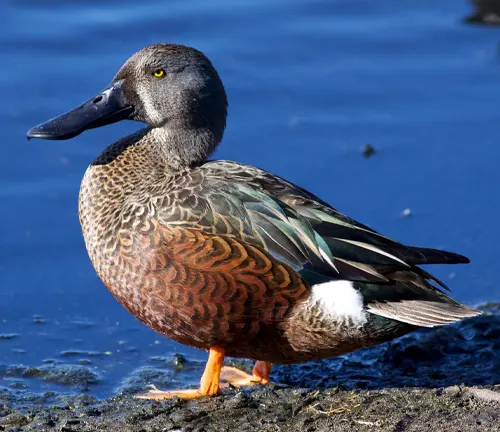
Anas clypeata americana
Found in North America, this subspecies is similar in appearance to the nominate subspecies but may have slight differences in plumage coloration.
Anas clypeata couesi
Native to western North America, this subspecies is smaller in size compared to other subspecies and may have differences in plumage coloration.

Anas clypeata aucklandica
This subspecies is found in New Zealand and may exhibit subtle differences in plumage compared to other populations.
Anas clypeata rubida
Inhabiting parts of Africa, this subspecies may have variations in plumage coloration and markings compared to other populations.
Frequently Asked Questions (FAQs)
- Why do Northern Shovelers have such large bills?
The Northern Shoveler’s large, spoon-shaped bill is adapted for filter feeding, allowing them to efficiently strain small organisms and plant matter from the water. - Where can I find Northern Shovelers?
Northern Shovelers can be found in various wetland habitats, including marshes, lakes, ponds, and estuaries, across North America, Europe, Asia, and parts of Africa. - What do Northern Shovelers eat?
Northern Shovelers primarily feed on aquatic invertebrates, seeds, and plant matter. Their diet is supplemented by filter-feeding techniques using their specialized bills. - How do Northern Shovelers reproduce?
During the breeding season, Northern Shovelers engage in elaborate courtship displays, with males performing rituals to attract mates. Females construct nests near water bodies, where they lay eggs and incubate them until hatching. - Are Northern Shovelers aggressive towards other bird species?
Northern Shovelers are generally not aggressive towards other bird species. They often forage alongside other waterfowl and may form mixed-species flocks during migration. - What predators do Northern Shovelers face?
Common predators of Northern Shovelers include birds of prey, such as eagles and hawks, as well as mammalian predators like foxes, raccoons, and feral cats. - How long do Northern Shovelers live?
Northern Shovelers have an average lifespan of 10 to 15 years in the wild. However, factors such as predation, habitat quality, and human activities can influence their longevity. - Are Northern Shovelers monogamous?
Northern Shovelers are typically monogamous during the breeding season, with pairs forming and mating rituals occurring between males and females. However, some individuals may form new pairings in subsequent breeding seasons. - Do Northern Shovelers have any unique behaviors?
Yes, Northern Shovelers exhibit unique feeding behaviors, including filter feeding with their specialized bills and cooperative foraging in groups. - How do Northern Shovelers communicate with each other?
Northern Shovelers communicate through a variety of vocalizations, including quacks, whistles, and other calls. They also use body language and visual displays to convey information to other individuals. - Do Northern Shovelers have any cultural significance?
Yes, Northern Shovelers hold cultural significance in various regions where they are found. They may feature in local folklore, traditional hunting practices, and conservation efforts aimed at preserving wetland habitats.


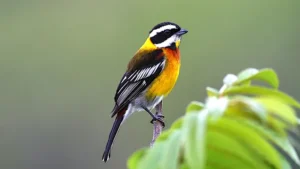

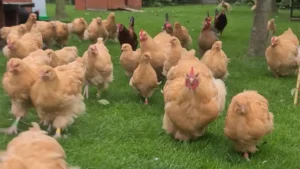
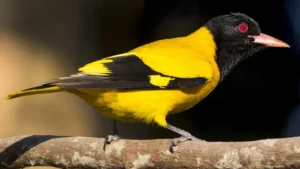
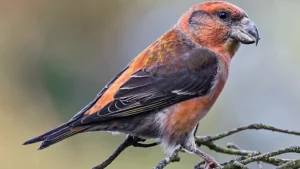
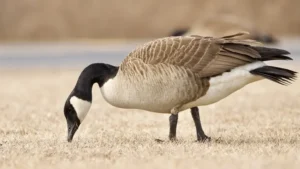
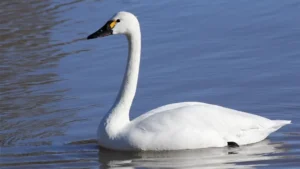
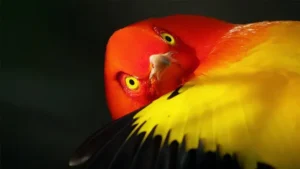
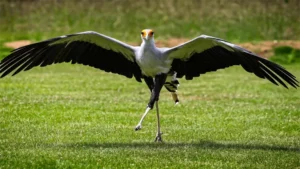
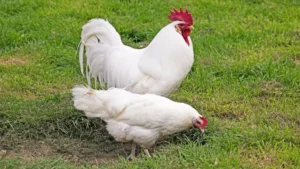
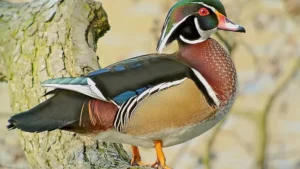
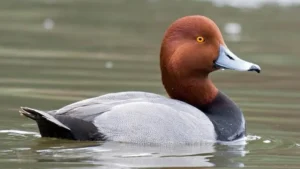
Leave your comment